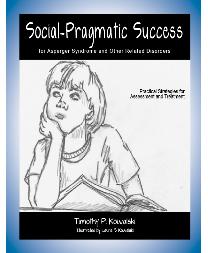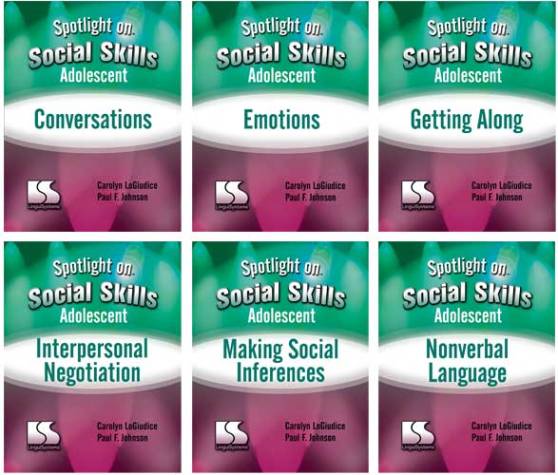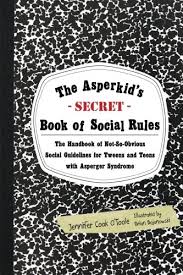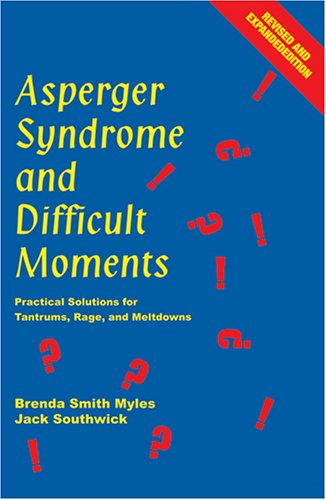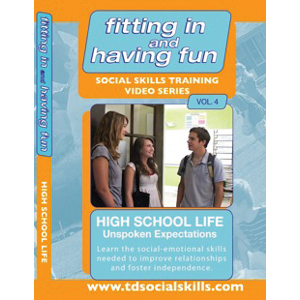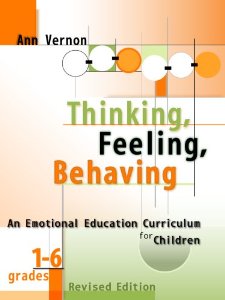 Superflex Superdecks- Card Games to Promote Superflexible Social Thinking by Social Thinking.
Superflex Superdecks- Card Games to Promote Superflexible Social Thinking by Social Thinking.
(Learning Aid)
Superflex Superdecks are card games created to invoke your own superflexible thinking as you teach students to be more superflexible social thinkers. It’s all about superflexibility! The game pack is a companion teaching tool to the popular Superflex Curriculum, which helps parents and professionals teach children ages 8 – 11 about social thinking, social regulation, and social problem solving.
We’ve included a game to play with each deck (and more games are available online), but the product was really created to be super-uper flexible, with uses limited only by your imagination and your own superflexible thinking. For instance:
- Create games such as “Go Fish” with the cards to use with your students
- Use the Thinkables cards to say “good job” when an Unthinkable has been defeated
- Use an Unthinkable card as a visual reminder for a student to use his/her strategies when the clever, sneaky character is invading a student’s brain
- Pick an Unthinkable or Thinkable and have students use their Social Detective skills to play a version of “I Spy…” and look for that character showing up in themselves or others in the group, the classroom, or the school
The Superdecks are not an introduction to Superflex, and should only be used with students who are already familiar with the concept of being a Social Detective (introduced in the book, You Are a Social Detective), and are either working through or have completed the Superflex Curriculum. The games and activities provided prompt players to think about the powers of the characters, brainstorm which Unthinkable might appear in a situation, match strategies to characters, or Thinkables and Unthinkables, and use their social thinking in other superflexible ways.
Ages: 8-11
Players: 2+
If available, item can be checked out from the resource room at no cost.



